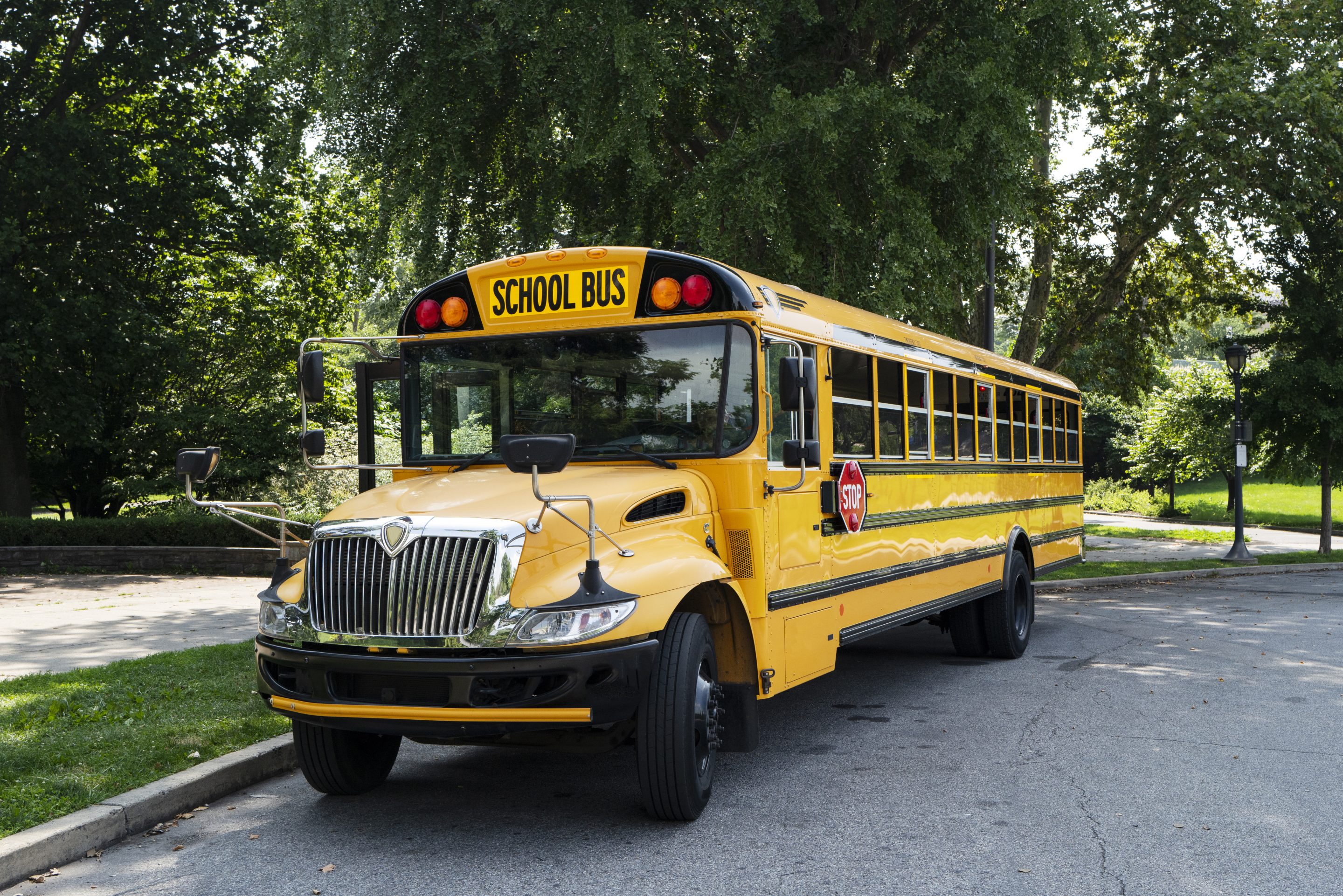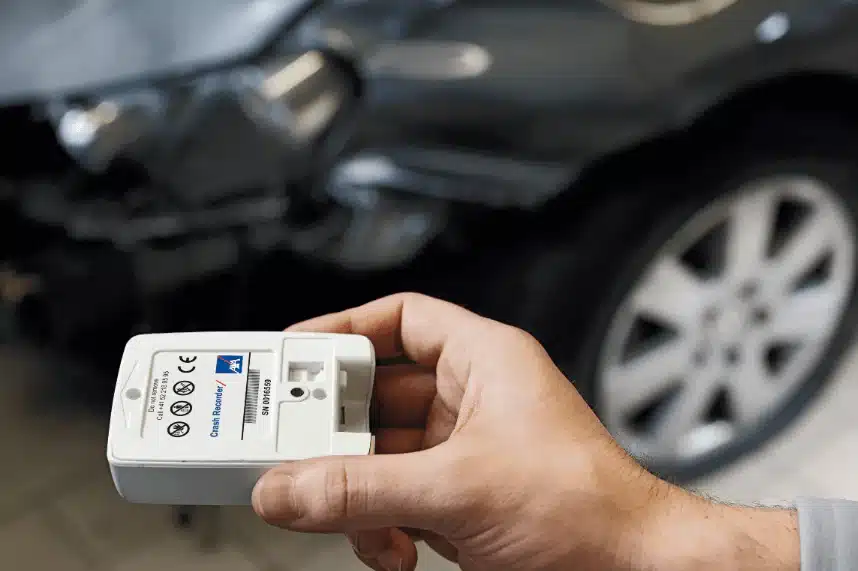How to File a Claim for Car Accidents Involving a School Zone
Table of Contents:
1. Understanding School Zone Car Accidents
2. Why School Zones Require Special Legal Attention
3. Risks and Common Causes of School Zone Car Accidents
4. Steps to Take Immediately After a School Zone Car Accident
5. The Legal Process Timeline for School Zone Accident Claims
6. How to File a Claim for a School Zone Car Accident
7. Evidence That Strengthens Your Claim
8. Common Challenges in School Zone Accident Claims
9. Preventive Measures to Avoid School Zone Accidents
10. Why You Need a Lawyer for School Zone Accidents
11. Final Thoughts and Call to Action
Understanding School Zone Car Accidents
A school zone car accident occurs in a specifically designated area around a school where special traffic laws apply to protect children and pedestrians. These zones are marked by bright signs, flashing lights, reduced speed limits, and sometimes crossing guards.
Most states define “active school zones” as operational during:
-
- Morning drop-off times
- Lunch hours (if applicable)
- Afternoon pick-up times
-
- Children may suddenly cross the street outside crosswalks.
- Vehicles frequently stop and start.
- Visibility can be limited by parked cars, buses, or landscaping.
Unlike regular traffic zones, drivers in school zones are expected to maintain a heightened level of awareness, meaning even minor mistakes can have severe legal consequences.
Why School Zones Require Special Legal Attention
The legal environment for a school zone car accident is stricter because children’s Safety is a priority in traffic law. The courts and insurers recognize that these areas carry an increased duty of care.
Here’s why these cases stand out:
Speeding in a school zone can result in doubled or tripled fines. If an accident occurs, the driver’s violation often serves as strong evidence of negligence.
2. Strict Pedestrian Laws
Laws almost always require vehicles to stop, not just yield, for pedestrians in a crosswalk. In school zones, even being close to children without slowing significantly can be considered reckless.
3. School Bus Safety Requirements

Passing a school bus with extended stop signs or flashing lights is illegal nationwide. If such a violation causes an accident, liability becomes nearly indisputable.
4. Criminal Ramifications
Reckless driving, driving under the influence, or leaving the scene of a school zone accident can trigger felony charges.
5. Government Liability Complications
If poor design, inadequate signage, or malfunctioning traffic lights contributed to the accident, the municipality or school district might share liability, but suing them involves strict procedural rules.
Risks and Common Causes of School Zone Car Accidents
- Excessive Speeding: Even five mph above the limit can prevent timely stops.
- Distracted Driving: Texting, adjusting the radio, or eating while driving.
- Improper Passing: Going around stopped buses or other vehicles near crosswalks.
- Failure to Yield: Ignoring crossing guards or pedestrian signals.
- Hurried parents often make unsafe U-turns.
- Poor Weather or Lighting: Rain, fog, or early morning darkness.
- Blocked Visibility: Large vehicles or landscaping obstruct pedestrians’ view.
Example Scenario:
A driver traveling at 30 mph instead of the posted 20 mph sees a child step into the crosswalk. At 20 mph, the driver could stop in about 23 feet. At 30 mph, the stopping distance jumps to nearly 45 feet, potentially hitting the child.
Steps to Take Immediately After a School Zone Car Accident
Quick, correct action preserves your claim’s strength.
Move to a safe spot if possible, and check for injuries. If a child is hurt, call emergency medical services immediately.
2. Call Law Enforcement
Police documentation is crucial. Officers will record:
-
- Speed limit signs
- Driver statements
- Witness accounts
- Weather and road conditions
Use your phone to document:
-
- Damage to all vehicles
- Road signs, flashing lights, and crosswalk markings
- Position of vehicles
- Any visible injuries
4. Speak to Witnesses
Parents, school staff, and other drivers can offer independent testimony that supports your account.
5. Notify Your Insurance Company
The Legal Process Timeline for School Zone Accident Claims

-
- Your lawyer gathers police reports, medical records, and witness statements.
Week 3–8: Insurance Filing & Response
-
- A demand letter is sent to the at-fault driver’s insurer.
- Insurer investigates and may request additional documentation.
Months 3–6: Negotiations
-
- Settlement offers and counteroffers were exchanged.
- Most cases settle here if the evidence is strong.
Months 6–12: Lawsuit Filing (If Needed)
-
- If the settlement fails, your lawyer files a complaint in court.
- The discovery process begins (sharing evidence, depositions).
1+ Year: Trial
-
- Only a small percentage of cases go to trial, but when they do, school zone accidents often receive significant jury awards due to the emotional impact.
How to File a Claim for a School Zone Car Accident
-
- Negligent drivers
- School bus operators
- Municipalities (poor traffic control)
- Contractors (if roadwork obstructed visibility)
-
- Police report
- Medical bills and treatment records
- Repair estimates
- Photos/videos
- Witness statements
Keep records for:
-
- Emergency room visits
- Physical therapy
- Lost work days
- Emotional counseling
- Future care needs
Step 5: Consider Litigation
Evidence That Strengthens Your Claim
When it comes to winning a school zone car accident case, whether through a settlement or at trial, the strength of your evidence can make or break your claim. Because school zone cases often involve heightened legal scrutiny, your ability to prove fault, show damages, and counter insurance company arguments is critical.
Here’s a breakdown of the most important types of evidence and why they matter:
1. Photos and Videos of the Scene
Visual evidence is robust in court and during insurance negotiations. Photos and videos provide an undeniable record of what the accident scene looked like at the time of the crash. In school zones, these images can show the presence of warning signs, flashing lights, speed limit postings, and pedestrian crosswalks, all of which highlight the driver’s duty of care.
-
- Position of vehicles after the crash
- Any skid marks (or lack thereof) indicating braking attempts
- Traffic signs, signals, and school zone markings
- Weather conditions and lighting at the time
- Obstructions that may have blocked visibility
Pro Tip: If you can, take wide-angle shots for context and close-ups for detail. The more angles, the better.
2. Surveillance Footage from School or Nearby Businesses
Video doesn’t lie, and in a school zone, there’s a good chance cameras caught the incident. Many schools have surveillance systems that monitor crosswalks, bus lanes, and entrances. Nearby stores, gas stations, or even residential doorbell cameras may also have footage.
-
- Captures the moments before, during, and after the crash
- Shows whether a driver was speeding or distracted
- Reveals if pedestrians were in the crosswalk
- Provides a neutral, time-stamped account
Pro Tip: Act fast, many security systems overwrite footage within 24–72 hours. A lawyer can quickly send a preservation request to prevent deletion.
3. Vehicle Black Box (Event Data Recorder) Data

Most modern vehicles are equipped with an Event Data Recorder (EDR), often called a “black box,” that stores information just before and during a crash. This data is incredibly valuable because it’s objective and can’t be swayed by human memory.
-
- Vehicle speed at the moment of impact
- Whether the brakes were applied
- Throttle position (acceleration)
- Seat belt usage
- Airbag deployment timing
Why it’s crucial in school zone cases: If the posted speed limit was 20 mph but the EDR shows the driver was traveling 32 mph, it becomes much harder for the defense to argue they were driving cautiously.
4. Expert Witness Testimony
Types of experts that can help:
-
- Accident reconstructionists: Show speed, angles, and driver reaction times.
- Human factors experts: Explain driver perception and response in a school zone.
- Traffic engineers: Assess signage, visibility, and compliance with safety standards.
Pro Tip: Jurors tend to believe experts who use visual aids like 3D models, animations, and diagrams.
5. Medical Records and Expert Medical Testimony
It’s not enough to show that an accident happened; you must link your injuries directly to that crash. Detailed medical documentation helps establish causation and the extent of your damages.
-
- Emergency room reports
- X-rays, MRIs, and CT scans
- Surgical notes
- Physical therapy records
- Doctor’s statements about long-term prognosis
Why it’s crucial: In a school zone accident involving children, insurance companies may try to claim injuries were pre-existing or minor. A doctor’s detailed report, supported by imaging, makes it far more challenging for them to deny or minimize your claim.
Common Challenges in School Zone Accident Claims
Without camera footage, proving speeding requires witness testimony or accident reconstruction.
If you were partially at fault, damages may be reduced.
Filing against a city or school often requires prompt action, sometimes within 60 days.
Adjusters may argue the accident was unavoidable or outside active school zone hours.
Preventive Measures to Avoid School Zone Accidents
-
- Slow Down Early: Anticipate reduced limits before entering the zone.
- Stay Alert: Avoid distractions, both hands on the wheel, eyes scanning ahead.
- Watch for Crossing Guards: Their signals have legal authority.
- Obey School Bus Rules: Never pass when lights are flashing.
- Use Extra Caution in Poor Weather: Double the stopping distance if roads are slick.
For parents:
-
- Teach kids to look both ways and cross at marked crosswalks.
- Avoid texting while waiting in pick-up lines.
Why You Need a Lawyer for School Zone Accidents
-
- Complex liability (multiple defendants)
- Government claims procedures
- Severe injuries (especially involving children)
- High emotional stakes that can impact jury verdicts
-
- Knows local school zone laws inside and out
- Can secure crucial video or witness evidence quickly
- Will negotiate aggressively with insurers
- Understands how to present the emotional impact effectively in court
Final Thoughts and Call to Action
When a school zone car accident happens, you’re not just facing a routine insurance claim; you’re entering a high-stakes legal matter with strict rules, emotional weight, and powerful opposing forces.
At Roxell Richards Injury Law Firm, we don’t just handle your case; we fight for your family’s future. We understand the pain, fear, and financial strain these accidents cause, and we work relentlessly to secure the maximum possible compensation.
📞 Contact Roxell Richards Law Firm today for a free consultation. Let us protect your rights and help you get justice.
Houston, TX z7057
Phone: (713) 974-0388
Fax: (713) 974-0003
Frequently Asked Questions
What qualifies as a “school zone” car accident?
A school zone accident happens in a designated area around a school — typically marked by signs, flashing lights, reduced speed limits, and sometimes crossing guards.
Who can be held liable in a school zone accident?
-
Negligent drivers (speeding, distracted driving, failing to yield)
-
School bus drivers or school districts (especially if the accident involves a school bus)
-
Municipalities or local governments (if poor road design, bad signage, or crosswalk issues contributed)
What kind of evidence strengthens a school zone accident claim?
How long do I have to file a claim for a school zone car accident?
In Texas, the statute of limitations for personal injury claims is generally two years from the accident date.
If a government entity (like a school district) is involved, there may be special notice requirements.
What are some common challenges in school zone accident claims?
-
Proving the at-fault driver was negligent (speed, distraction, etc.)
-
Comparative negligence (if more than one party contributed)
-
Government immunity (if suing a school district or city) and special notice/filing rules.
-
Insurance companies may dispute whether the crash occurred during active school zone hours
